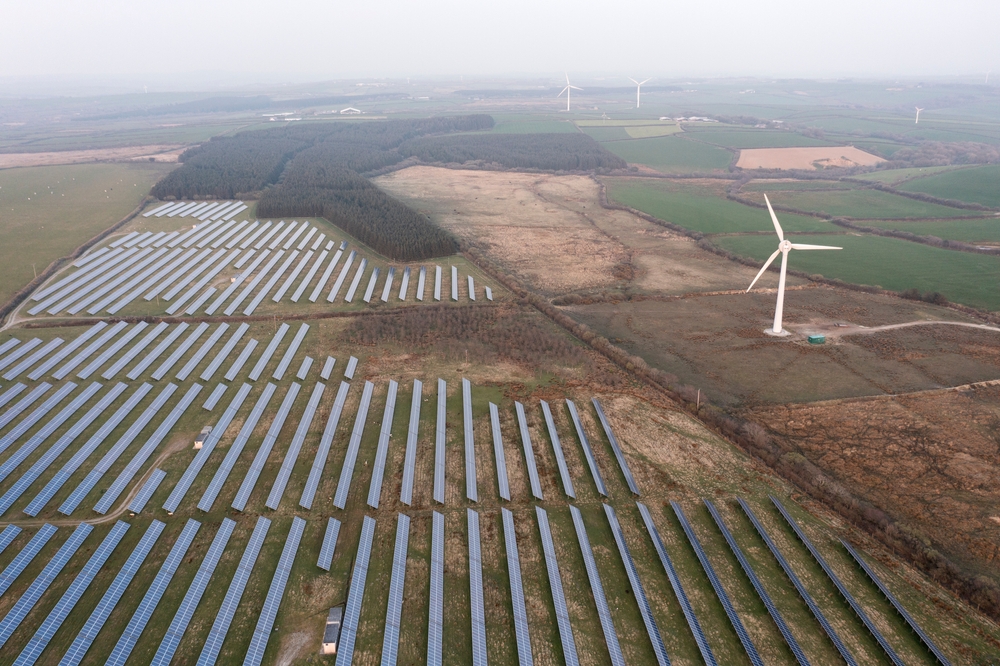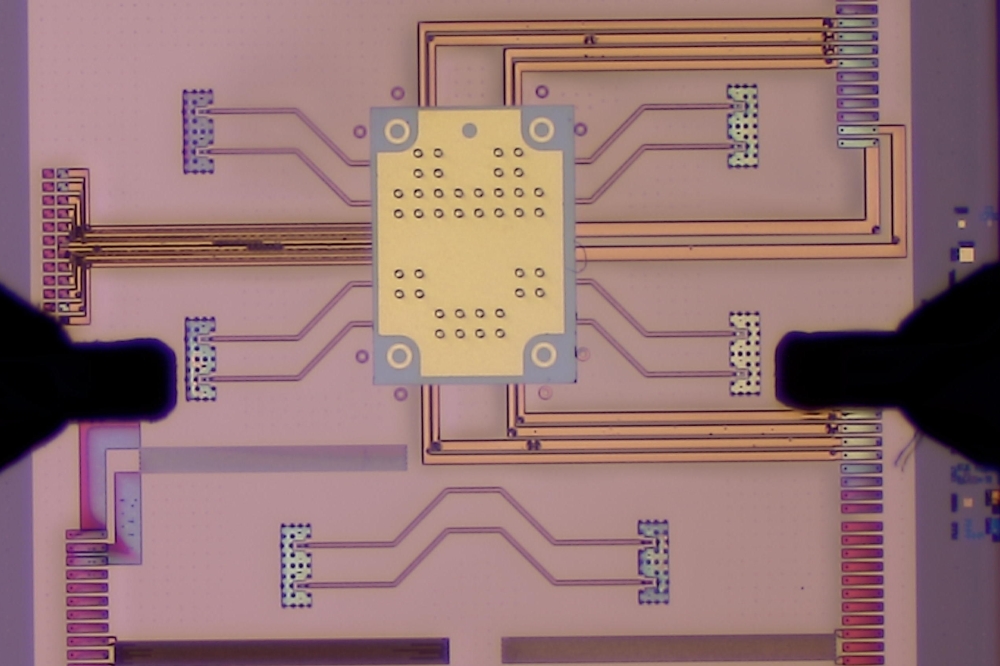Osram Opto Semiconductors leads the way with blue lasers
Now available in continuous wave
REGENSBURG, Germany. It has been a long and difficult path from the first pulsed blue laser in July 1999 to the first continuous wave blue laser in January 2001. Thanks to a tremendous effort and consistently innovative development ideas, Osram Opto Semiconductors has been the only company in Europe this far to achieve a blue InGaN laser in continuous wave operation. Since March 2001 there has even been a version that does not require cooling.
The research project is supported by the German government, and in addition to the developers at Osram Opto Semiconductors in Regensburg, it also involves the Fraunhofer Institut für Angewandte Festkörperphysik (Institute for Applied Solid-state Physics) in Freiburg and the universities of Stuttgart, Braunschweig and Ulm.
"Even the first pulsed blue laser we developed in our laboratories in Regensburg represented a huge success for us", remembers Alfred Lell, project manager for the blue laser project at Osram Opto Semiconductors. The laser emitted short light pulses in the range of microseconds at wavelengths of approximately 410 nm, thus demonstrating for the first time a capability to generate laser beams in this range. However, a current of 1200 mA and a voltage of 33 V were required to operate the laser. "This corresponds to an electric power of around 40 W, and a lot of heat is generated in the process", adds Dr. Volker Härle, who as the head of development GaInN (Gallium Indium Nitride) at Osram Opto Semiconductors was responsible for co-ordinating the efforts of all the parties involved in the project. "In order to achieve a continuous wave blue laser, we had to find ways and means to reduce the current, voltage and therefore also the power required to operate the laser."
A laser chip is approximately 0.5 mm long, 0.3 mm wide and 0.1 mm high. Various layers are deposited onto the SiC (silicium carbide) base substrate using the organometallic vapor phase epitaxy (MOVPE). A key step on the way to reducing power was to lower the threshold current of the laser. It became evident that one efficient way of doing this was to optimise the active zone made up of InGaN quantum wells, in which the light is generated. Specific co-ordination and adaptation of the composition, the thickness and the spacing of the quantum wells, combined with a precise definition of their quantity, ultimately led to success. With the aid of ridge waveguide technology it was possible to limit the light-emitting range to a width of 3 µm, thus keeping the threshold current within defined limits.
In addition the chip technology was also improved. The surface roughness of the mirrors, which also leads to further light losses, was reduced to less than 1 nm thanks to improved facet cleaving techniques. Consequently, the operation of the laser now only required a current of around 70 mA and a voltage of 13 V, resulting in an electric power of just 1 W. For the first time in January 2001, these parameters also enabled continuous wave operation of the blue laser. However, the device was still generating too much heat, so additional cooling was unavoidable. Unfortunately lasers with additional cooling are not suitable for mass-market applications, e.g. in DVD players, as the additional cooling makes the laser component larger, heavier and more expensive. Accordingly, further improvements were also necessary at this stage of development.
The improvements were achieved by modifications to the assembly technology and the use of an enclosure with excellent heat dissipating properties. Since March 2001 it has been possible to achieve continuous wave blue lasers even without additional cooling. Currently the operating time is in the order of a few minutes. Lell sums up thus: "We will not have reached our goal until we can operate blue lasers for several thousand hours at a time without additional cooling. That is still a long way off, and in the mean time we and our partners will be faced with many demanding challenges." Lell anticipates that the main future areas of application for the lasers will be in the field of optical storage media, such as DVDs or MiniDiscs, but also in printers, beam devices and display screens.
Web: www.osram-os.com
Web site: http://www.osram-os.com































